Blog
How To Care For Growing Bodies And Prevent Teen Sports Injuries

How To Care For Growing Bodies And Prevent Teen Sports Injuries
According to statics of John Hopkins Medicine, around 3.5 million US children aged 14 or under are injured doing organised sport. This is out of an estimated 30 million that take part. It would seem logical that a similar percentage of teen sports injuries occurs in the UK and other countries. We encourage teenagers and young people to be active. This helps them stay fit, fight off illnesses, maintain stronger mental health and make friends. However, their bodies are still growing, so they must be careful not to push themselves too far.
Table of Contents
ToggleWhat kinds of teen sports injuries are there?
The most common kinds of teen sports injuries are strains and sprains in joints like the ankles strains, knees sprains, shoulders injury, wrists sprain etc. This generally stems from misuse of the area in question, falling awkwardly or traumatic contact with another player. Head injuries are one of the most serious types, with immediate professional medical help required and careful monitoring. Sports that see a lot of head injuries include cycling, skating, skiing and skateboarding.

Some sports are also more dangerous than others, although all forms of physical activity carry some level of injury risk. Contact sports like rugby or boxing are statistically more dangerous than solo sports like swimming or gymnastics, for fairly obvious reasons. Teen sports injuries tend to happen more during practice session and training than in matches.
How to protect against teen sports injuries
There is plenty you can do to help your teenager or child stay safe on the pitch, court, playground and in the gym or studio. Here are some ideas.
- Always have the right protective gear. This includes mouthguards that should ideally be fitted to the person by a dentist. Other essential kit includes helmets, knee and elbow guards and shin pads
- Choose the right footwear. Trainers, boots etc must fit properly and comply with the relevant quality standards. Check with your child’s coaches about the right type of studs required and type of surfaces that will be played on

- If you see anything that could be unsafe on the pitch, court or ground, speak up. This could be an unanchored goal net, patch of spilled water or trailing ropes creating a trip hazard.
- Always warm up and cool down, including plenty of stretching to protect the muscles from strains
- Never play through pain. Always alert someone immediately so you can receive the right help
- Attend all training sessions and pay attention to ensure safe play and good techniques. Listen to any corrections given and apply them straight away
- Cross-train with other sports and physical activities. This will help you use all your muscles and building up overall strength and fitness.
- Consider adding conditioning activities to your routine like yoga, Pilates, running or circuit training to prevent teen sports injuries.
- Eat healthily to keep your energy and stamina up. Choose well-balanced meals and snacks with plenty of water. Limit the use of sports drinks as they can contain a lot of sugar
- Give yourself plenty of time to rest and recover between matches or training sessions. Try to encourage good sleep patterns.
- Attend your allocated physio sessions to ensure any injuries sustained are cared for correctly. Book an annual check-up to help spot any potential problems.

How adults can be a good role model
In order to help prevent teen sports injuries, we can do a lot around modelling best practice. For a start, if we want teenagers to get active, we should show them the benefits by taking part in sports ourselves. Always warm up and cool down to demonstrate the benefits of doing so. Show your young people some good exercises and stretches to do to prevent teen sports injuries. Stop when you feel your body needing a break.
Whenever your child is taking part in sport, discuss their exercises and activities with them. This not only motivates them to carry on, but alerts you to anything that might be amiss in what they are being asked to do. Keep in touch with coaches, captains, teachers and physio support staff to help you understand what’s involved.
Finally, make sure your teenagers have the right kit to rehabilitate them after being injured. Things like braces, sports wraps, knee supports and wrist straps can make a huge difference. Speak to an expert to ensure you choose the right type and size for maximum effect.
Social Share
More Posts
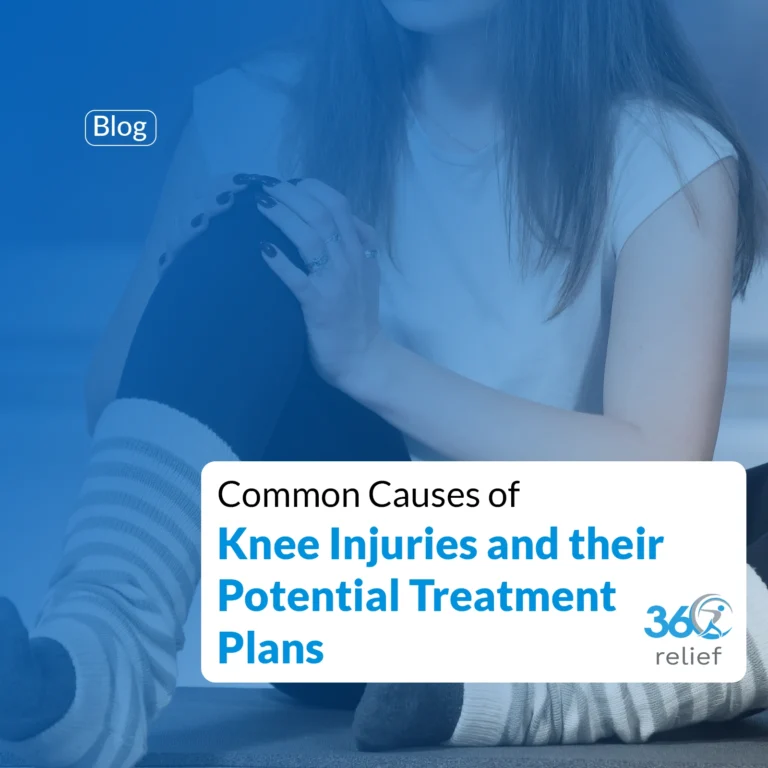
Common Causes of Knee Injuries and their Potential Treatment Plans
Knee Injuries: Overview The knee joint is considered one of the complex and largest joints in the body. It is

What is the Fastest way to Heal a Dislocated Knee?
A dislocated knee is relatively an uncommon injury. Ligaments connect the bones of the knee, which will result in a

Wake Up Refreshed: The Science-Backed Benefits of Eye Masks
Sleep is something we all know we need, yet many of us don’t get enough of it. Whether it’s the
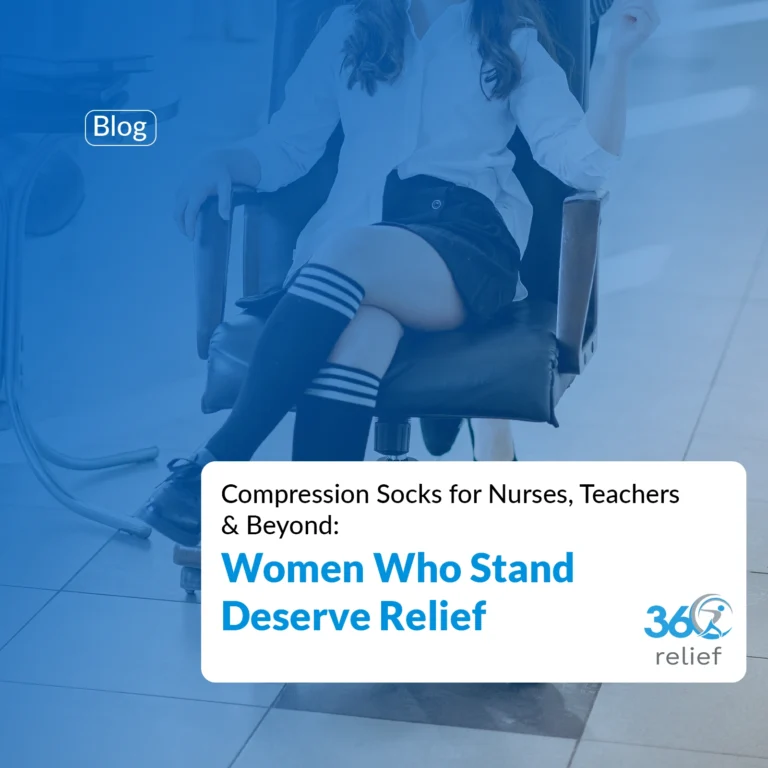
Compression Socks for Nurses, Teachers & Beyond: Women Who Stand Deserve Relief
Introduction Long days on your feet can be exhausting. Whether you are caring for patients, teaching in a classroom, welcoming
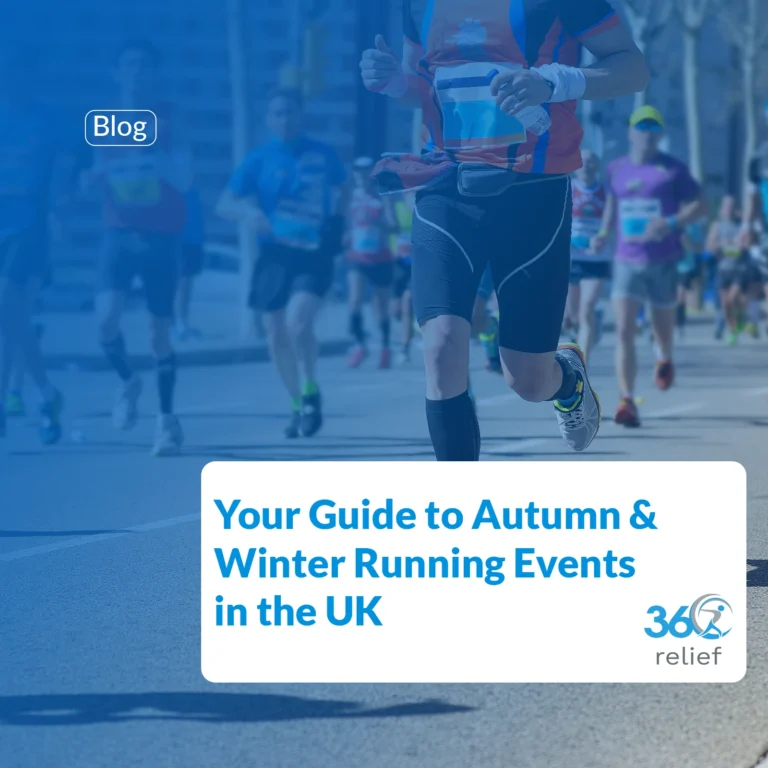
Your Guide to Autumn & Winter Running Events in the UK
As the leaves turn golden and the evenings draw in, the running community across the UK doesn’t slow down. If
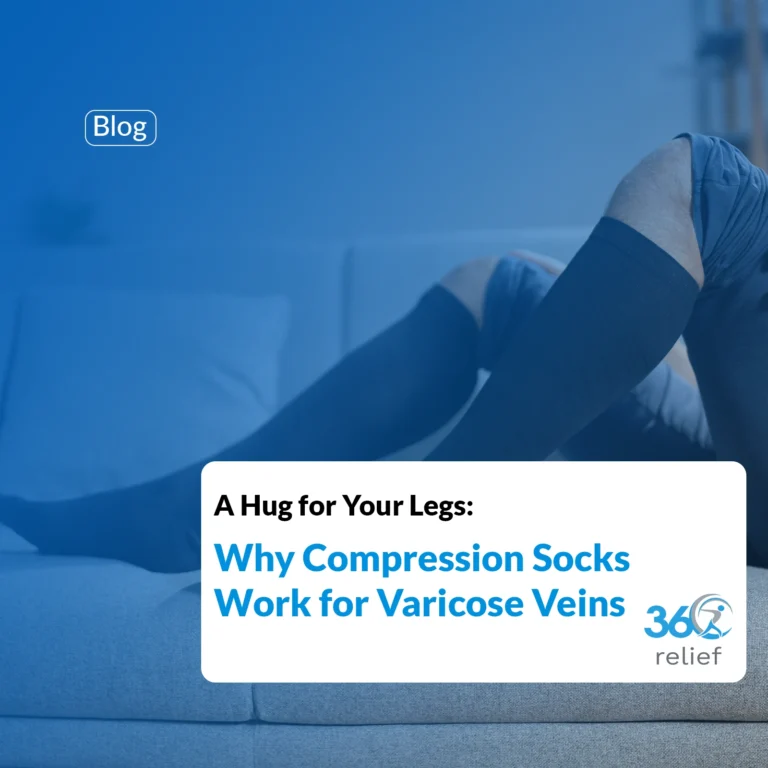
A Hug for Your Legs: Why Compression Socks Work for Varicose Veins
Varicose veins are more than just a cosmetic concern. For many people, they bring discomfort, swelling, and a heavy feeling

Sprained Wrist: Causes, Symptoms, Treatments, and Recovery
A wrist sprain(s) occurs when a ligament in the wrist is partially injured. Ligaments are the dense connective tissues that

2025 Unibet British Open Snooker: Play Longer, Stay Stronger with the Right Support
The 2025 Unibet British Open Snooker is just around the corner, and excitement is building as fans prepare to watch

Ride Longer, Recover Faster: Why Every Cyclist Needs Compression Socks
Cycling is one of the most rewarding sports for both fitness and leisure, but it also places high demands on

Stay Injury-Free During the 2025 Tour of Britain: The Best Protective Supports for Cyclists
Cycling fans across the UK are gearing up for one of the most exciting events on the sporting calendar –

Train Hard, Recover Smarter: Why Supportive Products Are Key for 2025 World Boxing Championships Success
The World Boxing Championships 2025 are just around the corner, with Liverpool preparing to host some of the finest athletes

Top Benefits of Using a Sleep Eye Mask for Deeper, Healthier Rest
Getting enough sleep is one of the most important foundations of good health, yet many people in the UK struggle

Women’s 2025 Rugby World Cup: Thrilling Action, Smart Moves to Escape Possible Injuries
1. Introduction – Rugby’s Biggest Stage Returns to England From August to September 2025, England will host the most exciting
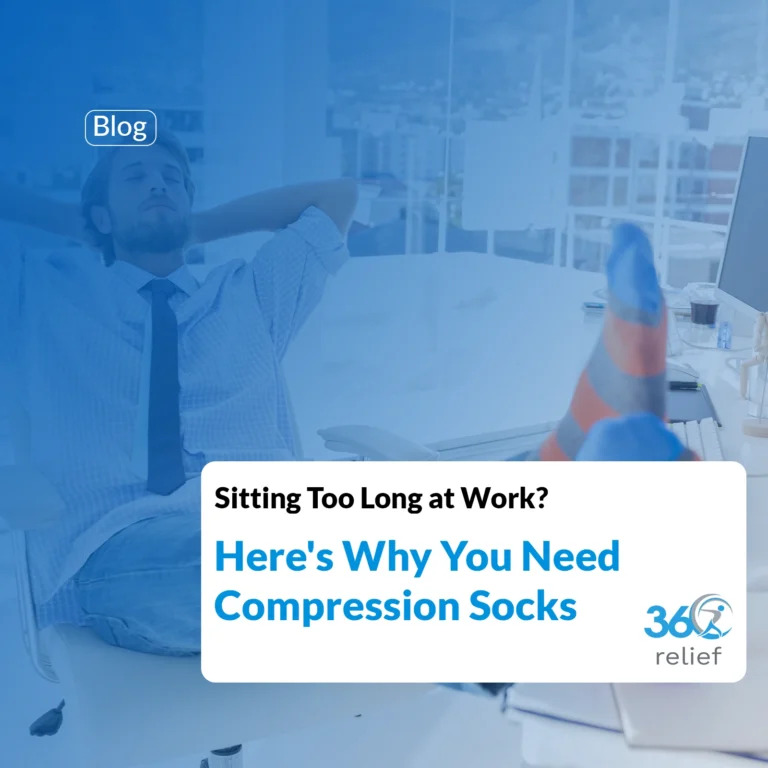
Sitting Too Long at Work? Here’s Why You Need Compression Socks
Modern workplaces often involve long hours at a desk, whether in an office or working from home. While sitting may
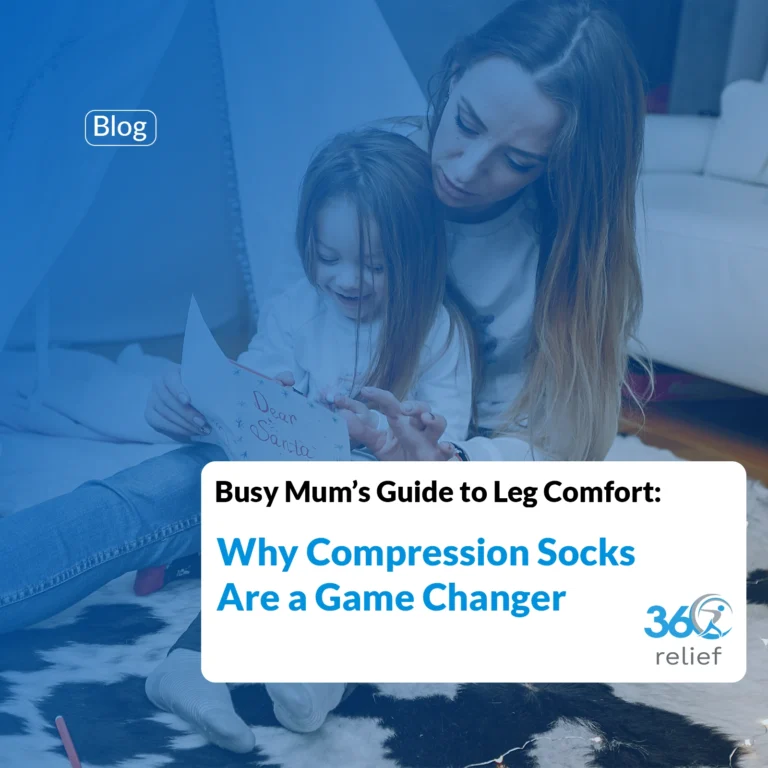
Busy Mum’s Guide to Leg Comfort: Why Compression Socks Are a Game Changer
Mums are the true multitaskers of everyday life. From school runs to supermarket trips, from cleaning to working on your

